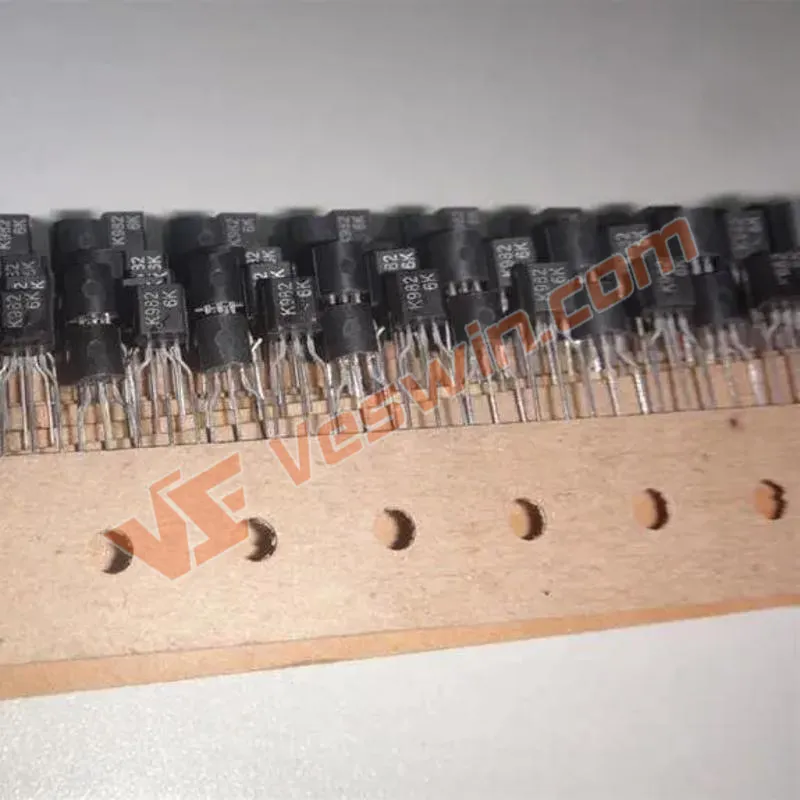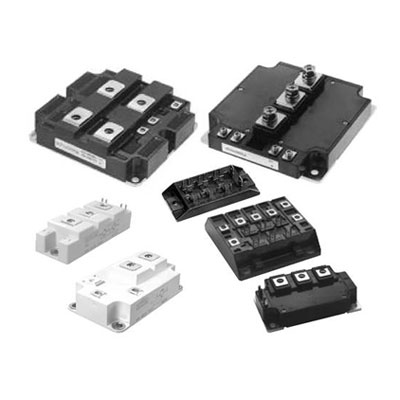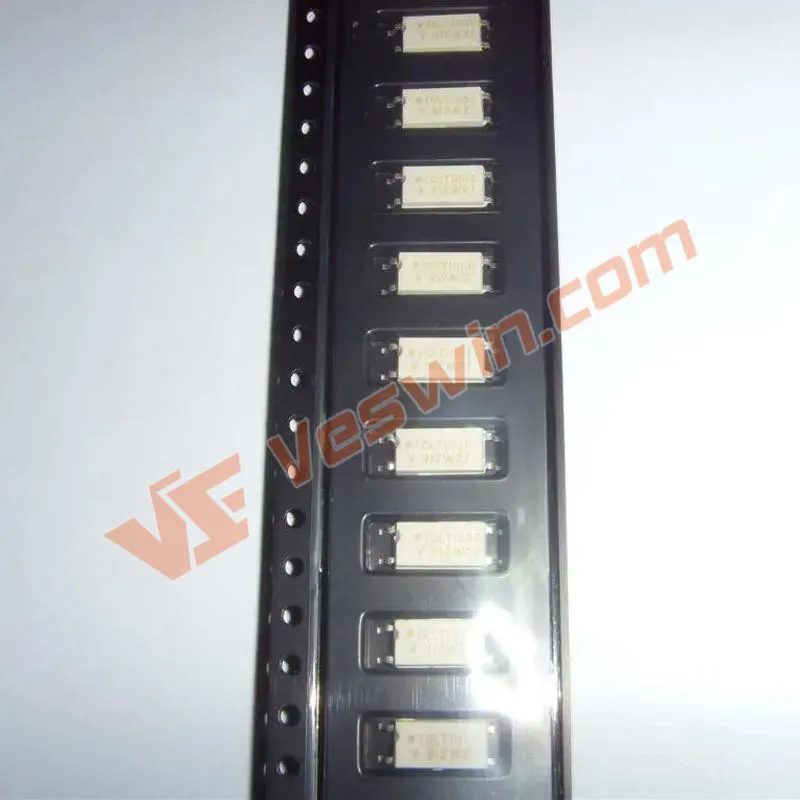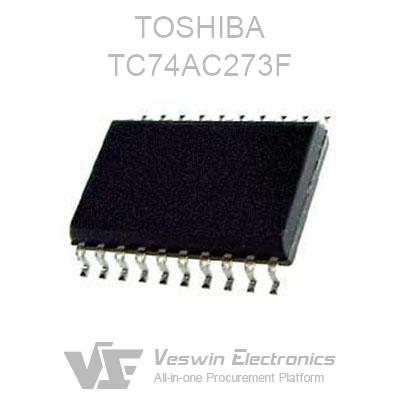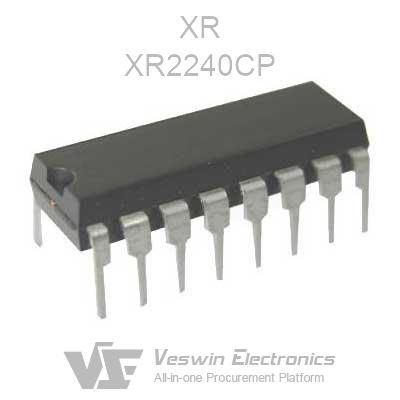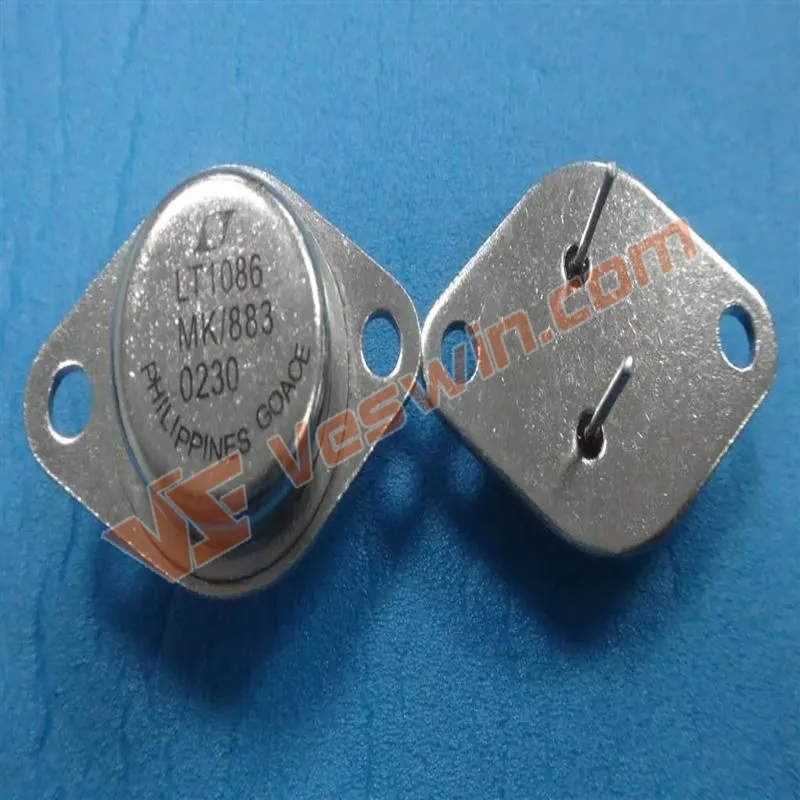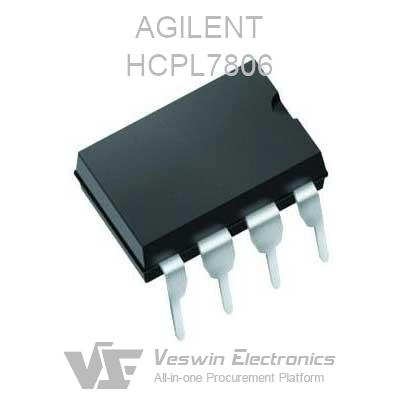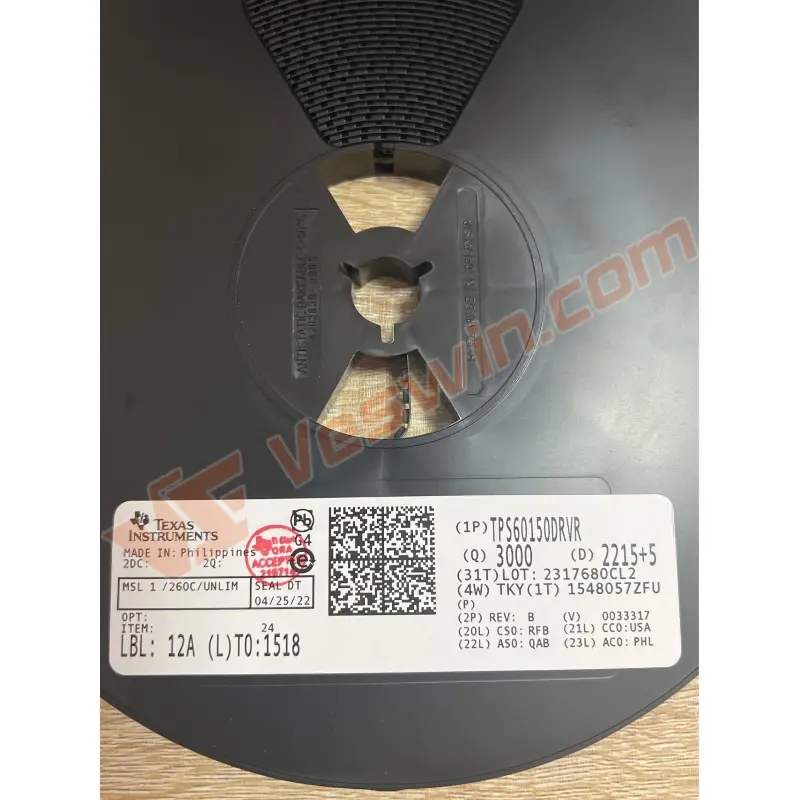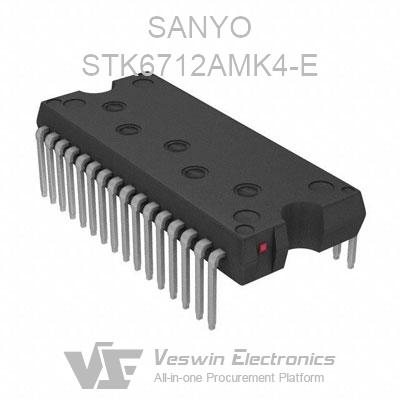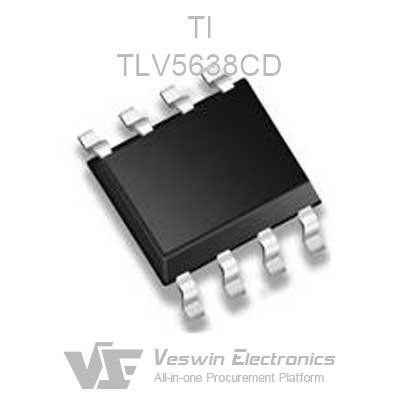The OC75 transistor is a classic electronic component that has played a significant role in the history of electronics. Introduced in the 1960s, the OC75 transistor belongs to the germanium transistor family and has gained a reputation for its reliability and performance. With its distinctive TO-1 package and unique characteristics, the OC75 transistor has found applications in various electronic circuits, ranging from audio amplifiers to radio receivers.
In this article, we will explore the features, equivalents, and applications of the OC75 transistor. Whether you are an electronics enthusiast, a vintage technology collector, or a designer working on retro-inspired projects, understanding the capabilities and applications of the OC75 transistor will provide valuable insights into this iconic electronic component.
OC75 transistor refers to a specific type of transistor that was commonly used in electronic circuits. It is an example of a Germanium Transistor, which was widely utilized before the introduction of Silicon Transistors.
The OC75 transistor is a small solid-state electronic device with three terminals: the emitter, base, and collector. It belongs to the family of bipolar junction transistors (BJTs). BJTs are active semiconductor devices that can amplify or switch electronic signals.
Emitter (E): This pin is typically indicated by a small arrowhead symbol and is connected to the emitter region of the transistor.
Base (B): The base pin is responsible for controlling the transistor's conductivity. It is connected to the base region of the transistor.
Collector (C): The collector pin is responsible for collecting the majority of the current flowing through the transistor. It is connected to the collector region of the transistor.
Characteristic | Description |
Transistor Type | PNP |
Material | Germanium |
Polarity | Positive-Negative-Positive (PNP) |
Maximum Voltage Ratings | Collector-Emitter Voltage (Vce): 20-40V |
Base-Emitter Voltage (Vbe): 20V | |
Maximum Current Ratings | Collector Current (Ic): 20-30mA |
Base Current (Ib): 2-10mA | |
Gain (hfe) | 20-80 |
Frequency Response | Suitable for audio and low-frequency applications |
Package | TO-1 metal can |
PNP Bipolar Junction Transistor: The OC75 is a PNP type bipolar junction transistor, which means it consists of three layers of semiconductor material (P-N-P configuration). It allows current to flow from the emitter to the collector when a positive voltage is applied to the base terminal.
Germanium Construction: The OC75 transistor is made using Germanium as the semiconductor material. Germanium transistors were commonly used before the widespread adoption of Silicon transistors. Compared to Silicon transistors, Germanium transistors have a lower forward voltage drop and tend to exhibit higher thermal sensitivity.
Low Power and Low-Frequency Applications: The OC75 transistor is typically suited for low-power and low-frequency applications. It is not designed to handle high power or high-frequency signals.
Small Signal Amplification: The OC75 transistor can be used for small signal amplification, such as amplifying audio signals or weak electrical signals.
Low Noise Performance: Germanium transistors, including the OC75, generally exhibit lower noise levels compared to Silicon transistors. This characteristic makes them suitable for certain applications where low noise performance is important.
Limited Voltage and Current Ratings: The OC75 transistor has specific voltage and current ratings that determine its maximum operating conditions. It is essential to consult the transistor's datasheet for precise information on these ratings.
Vintage and Historical Significance: The OC75 transistor has historical significance as it was widely used in electronic circuits during the earlier days of transistor technology. It may be of interest to vintage electronics enthusiasts or for repairing older electronic equipment.
Finding an exact equivalent for the OC75 transistor can be challenging due to its age and the specific characteristics of the device.
Transistor | Characteristics | Advantages | Disadvantages | Points of Differentiation |
OC75 | - Germanium material | - Historical significance | - Limited availability due to its age | N/A |
- PNP polarity | - Lower noise performance (compared to Silicon) | - Lower power handling capabilities | ||
- Suitable for low-power and low-frequency | - Limited voltage and current ratings | |||
- Germanium material | - Similar characteristics to OC75 | - Limited availability compared to modern alternatives | Shares similar characteristics with OC75 | |
- PNP polarity | - Can be used as a substitute in vintage circuits | - Limited voltage and current ratings | ||
- Germanium material | - Similar characteristics to OC75 | - Limited availability compared to modern alternatives | Shares similar characteristics with OC75 | |
- PNP polarity | - Can be used as a substitute in vintage circuits | - Limited voltage and current ratings | ||
- Silicon material | - More modern transistor technology (Silicon) | - Different material (Silicon) and polarity (NPN) | Uses different material (Silicon) and polarity (NPN) |
🔈 Audio Amplification: It often used in low-power audio amplifier circuits. It could amplify weak audio signals from sources like microphones or musical instruments.
🔈 Radio Frequency (RF) Applications: Germanium transistors like the OC75 were utilized in RF circuits, particularly in low-frequency RF applications. They could be found in radio receivers, signal detectors, and low-power RF oscillators.
🔈 Analog Signal Processing: It is employed in analog signal processing circuits such as filters, oscillators, and voltage regulators. It could help in shaping or conditioning analog signals for various purposes.
🔈 Test and Measurement Equipment: Due to its small size and low power requirements, the OC75 transistor was used in test and measurement equipment for signal amplification and signal conditioning purposes.
🔈 Vintage Electronics and Restoration: It holds nostalgic value and is sought after by vintage electronics enthusiasts and restorers. It may be used in repairing or recreating electronic circuits from the past, adding an authentic touch to vintage equipment.
In conclusion, the OC75 transistor holds a special place in the history of electronics and remains relevant in certain niche applications today. Its unique features, such as low noise, high gain, and distinctive packaging, make it a desirable component for specific circuit designs.
While modern transistor technologies have largely replaced germanium transistors like the OC75 in mainstream applications, there is still a demand for these vintage components in vintage audio systems, guitar amplifiers, and other retro-inspired projects.
Q: What is the function of the OC75 transistor?
A: The OC75 transistor is used as an amplification device in electronic circuits. It can amplify weak electrical signals and control larger currents flowing through the circuit.
Q: Is the OC75 transistor still widely available?
A: The OC75 transistor is considered obsolete and is no longer produced by most manufacturers. However, it may still be available through vintage electronic component suppliers or as old stock from certain sources.
Q: What are some alternative transistors to the OC75?
A: Since the OC75 transistor is obsolete, there are several alternative transistors available that can be used as replacements. Some commonly suggested alternatives include the NPN transistors AC128, AC188, and AC187, or the PNP transistors AC126, AC187, and AC188. It is important to check the datasheets and specifications of the alternative transistors to ensure compatibility with the circuit's requirements.
Hot News
